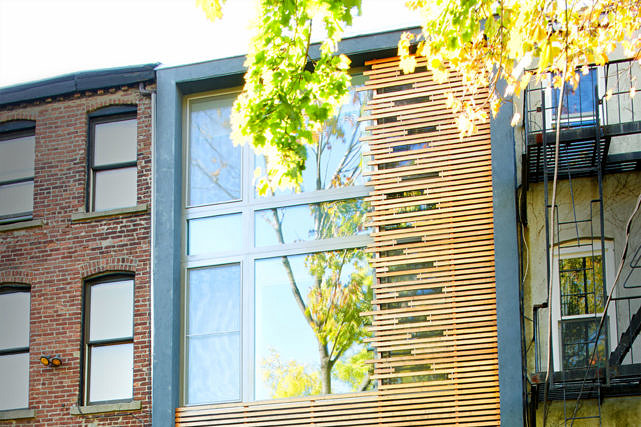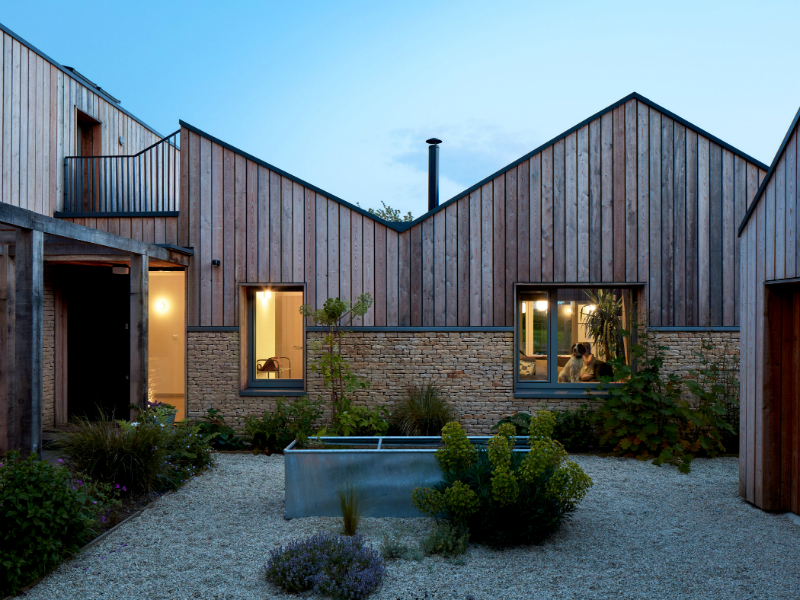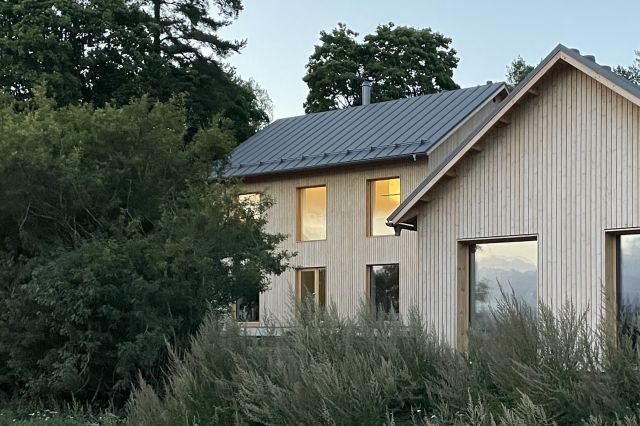When it comes to energy-efficient building designs, two standards often come to mind: PHIUS and Passivhaus. Both aim to reduce energy consumption and create comfortable living environments, but they differ in several key aspects. In this article, we’ll delve into these differences and help you understand which might be the best fit for your project.
To better understand these standards, it’s helpful to first have a grasp of passive house principles. You can deepen your knowledge by visiting our guide on understanding passive house standards.
Understanding PHIUS
The Passive House Institute US (PHIUS) is a North American adaptation of the original Passivhaus standard. It emphasizes climate-specific design and balances energy efficiency with cost-effectiveness.
Exploring Passivhaus
Passivhaus, on the other hand, is a German-based standard that prioritizes rigorous energy efficiency above all else. It’s a universal standard, meaning it doesn’t adjust for different climates.
Key Differences
While both standards aim for energy efficiency, their approaches differ. PHIUS is more flexible and considers local climate and economic factors, while Passivhaus is more rigid and universally applied. For more detailed information on the principles of passive building, you can visit the PHIUS website.
Which is Right for You?
Choosing between PHIUS and Passivhaus depends on your specific needs, climate, and budget. Both have their strengths and weaknesses, and it’s crucial to consider all factors before making a decision.
Regardless of the standard you choose, remember that both need solar monitoring. Additionally, it’s beneficial to compare solar backup options to ensure your energy-efficient home is as sustainable as possible.






